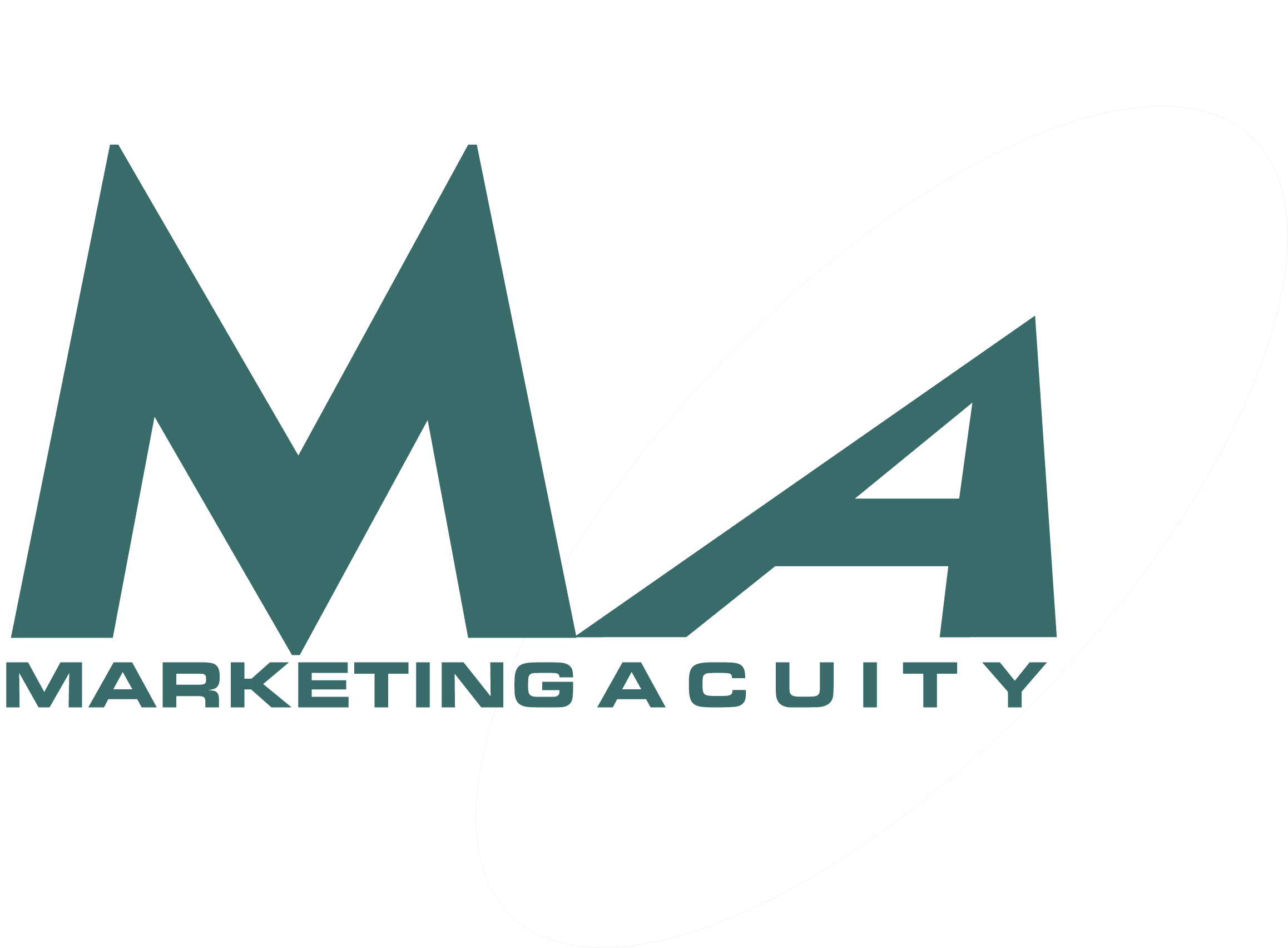Search Engine Optimization. It’s the daunting three words you see splashed across every blog post promising to drive more traffic to your page and magically create a larger, more organic consumer base. While the potential to reach more people and consequently sell more products is certainly enticing, you might have found yourself wondering what SEO can really do for your business, how much time you’ll have to invest in it, and whether or not you’ll see a positive return on investment. If you’ve ever been curious about implementing SEO into your marketing plan, but weren’t sure how or where to start, this is the post for you.
What is Search Engine Optimization Anyway?
The textbook definition of Search Engine Optimization reads: “the process of maximizing the number of visitors to a particular website by ensuring that the site appears high on the list of results returned by a search engine.” Did you scan through that without really understanding it? That’s because it’s boring. When applied in reality, however, SEO can be the most exciting tool in your marketing toolbox by letting your business talk to consumers who are already listening.
What do you do when you need a new phone? Do you walk into a Verizon store off the street and ask the 18 year old behind the counter what phone would best fit your needs? No. Do you call a company like Apple or Samsung directly to ask about their new product line and features? Probably not. You, like so many others in your potential consumer base, will google it. You’ll google something like “best phones 2017,” scroll through the first page of results, and decide which phone will suit your needs and wants best. In todays day and age, consumers are looking to find businesses and products organically rather than being inundated with advertisements. They want to search for answers themselves, weigh pros and cons, and perform research into the product or service they are looking for. Search Engine Optimization helps your business effectively reach consumers who are already looking for your product or service, and presents them with the information they need to make an educated decision.
How does it work?
Search Engine Optimization is a tool that uses data about what consumers type into the search bar when looking for information. When you type in “best phones 2017” it will pull up results based on keywords google reads on a website. These keywords help search engines like google or bing interpret a website and match it to the questions consumers ask. There are four important components to this when using SEO for your own website
- Use a search console to analyze the keywords consumers use when looking for your product or service
- Develop content such as blog posts, ebooks, and videos that include these keywords
- Make it simple, informative, and easy to share
- Repeat
What do I have to do?
1. The first component is a crucial step in understanding your target demographic. Who are you marketing to? What kind of language do they use when searching for products online? Using google’s search console, you can find the most relevant keywords consumers use when looking for your products based on their frequency and overall search volume on google. Once you’ve found the keywords that most effectively drive traffic to your site, you can use them to develop content that will more easily find potential customers already looking for your product.
2. The second component is arguably the hardest, developing content. This is difficult because in order for SEO to perform optimally, your business needs to create content that is not only engaging and informative, but consistent. One blog post or video per year is generally not enough to effectively convert potential consumers into lifelong customers. The more content pointing favorably towards your business, the better the likelihood of a consumer finding and using it to make a purchase decision. However, the second component comes with a caveat; the content must be impartial to your business. If, during your search for a new phone you were bombarded with advertisements for the new iPhone, and read an article detailing the exciting features of the iPhone, only to find it written by Apple, you might not fully engage with the content. However, if you found an article from a tech company detailing the pros and cons of the top 8 smart phones of 2017, or one of your favorite tech bloggers gave a review of his own iPhone, you would be presented with the necessary information to make your own decision.
3. If you want your website and it’s content to be found by others and passed along, your website needs to be mobile friendly, simple to navigate, and easy to share. If a website is not mobile friendly, google’s search algorithm will move it lower in the search results, which means it is critical to develop a website users can experience on the go. You can use google’s search console to take a mobile friendly test and evaluate how your website performs. Using a responsive web design that allows the same URL and code to be accessed on any mobile device, and will automatically adjust to the screen size will also make your website more friendly to the multi-device consumer.
How much time will it take?
4. One of the most important things to keep in mind regarding SEO is that it will not happen overnight. While it has the possibility to drastically influence your impact on consumers, the process requires time and effort on your end. This is why it is necessary to follow the fourth component above; repeat. Continue to analyze keywords, develop content, and maintain a mobile friendly, easy to share website to better find consumers who are out there on the web looking for you.
Will I See a Return On Investment?
Whether it’s an increase in site traffic, higher conversion rates, more consumer data captured, more email subscriptions or more sales, you will see a return for the amount of time you devoted to your SEO plan. No website will come out on top as the best against every aspect of SEO, but you can build your SEO around what you know about yourself, your website, and your business. If you are a creative master, focus your efforts on keyword analysis and develop high quality content. If your website is hard to navigate and lacks mobile friendly attributes, focus your attention on site restructure. If you’re a small business that will benefit from local SEO against competition, assign your priority there. The most important aspect of SEO is gaining exposure, so do whatever combination works best for your business, and you’ll see results.




